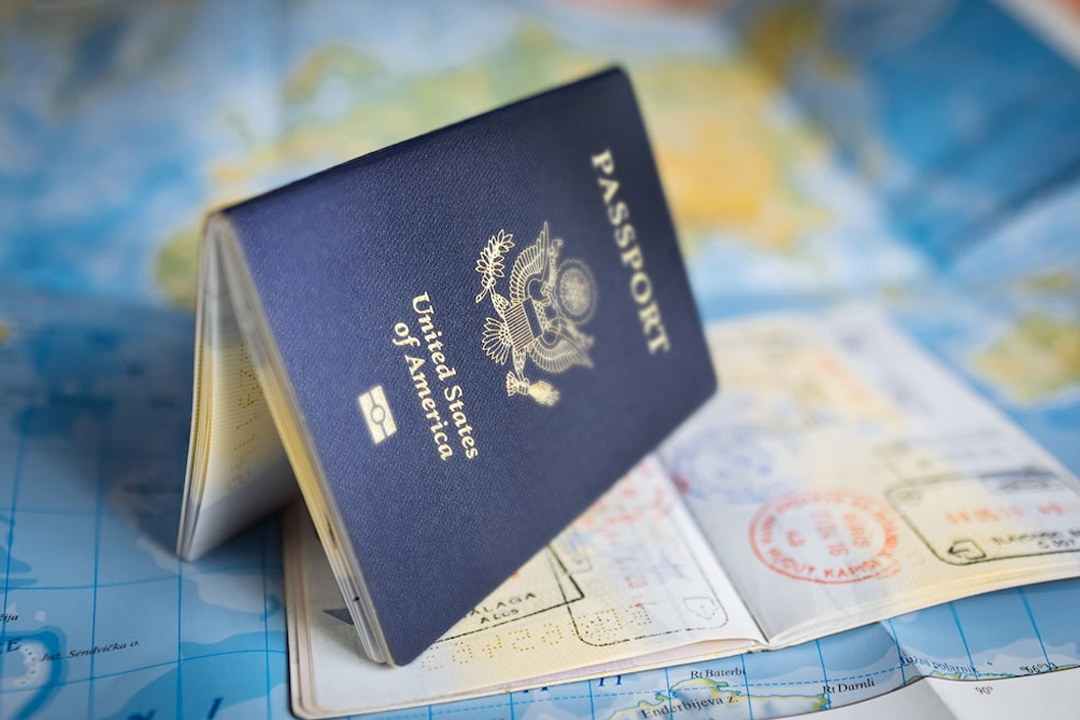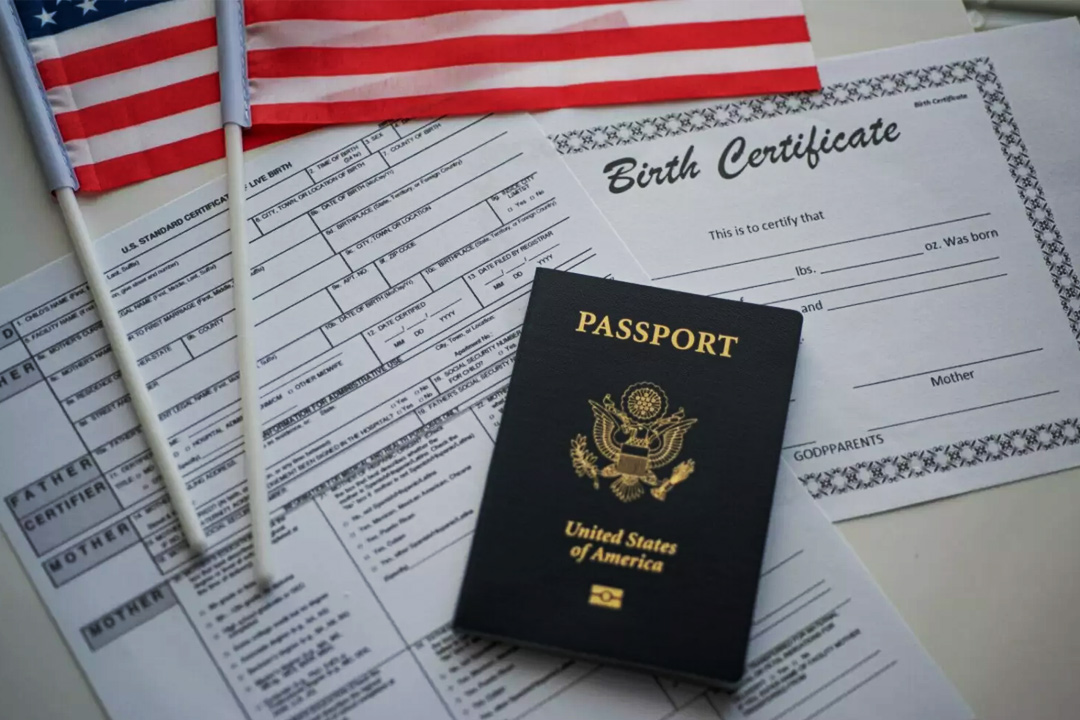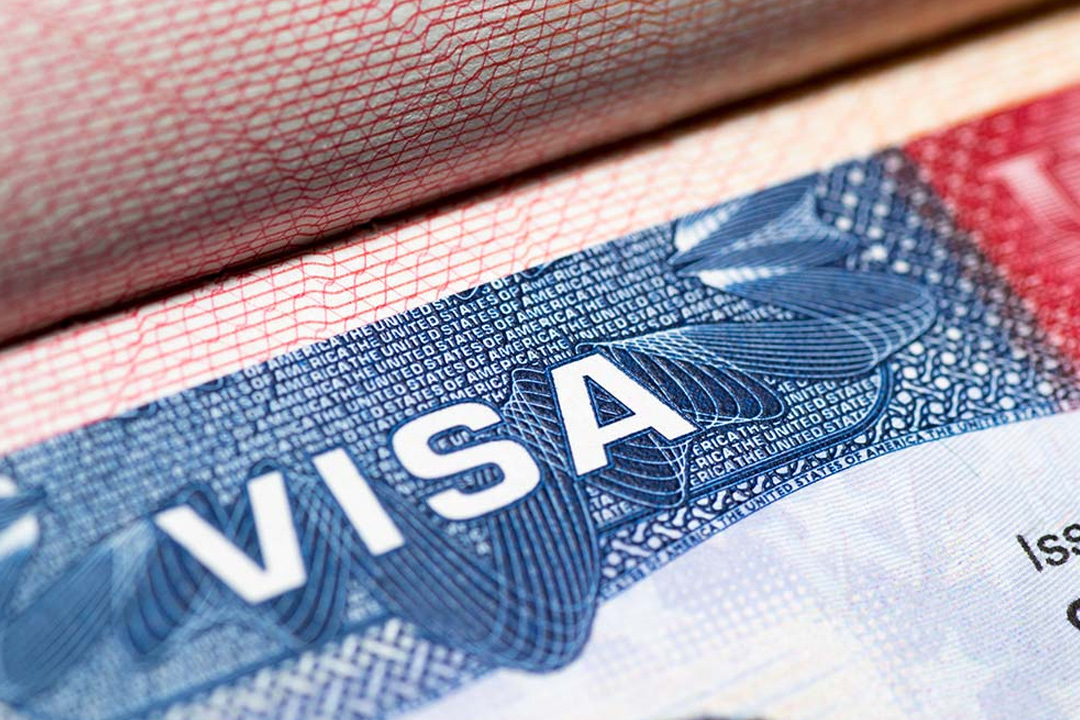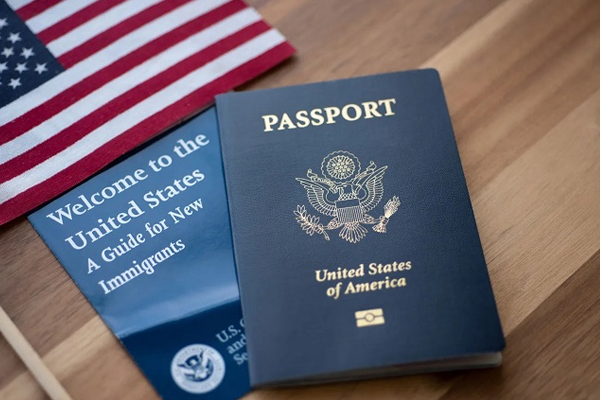Obtaining U.S. Permanent Residency
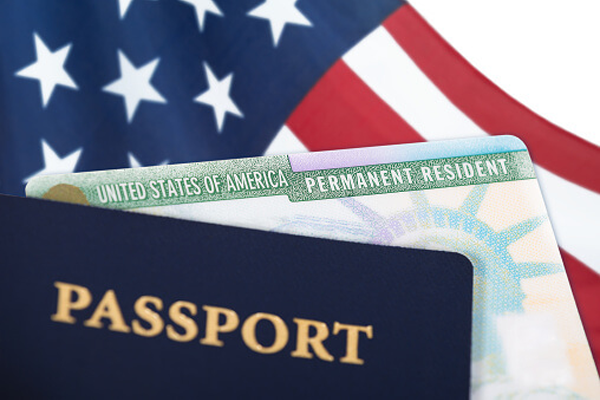
Obtaining U.S. Permanent Residency
The process of obtaining U.S. Permanent Residency (acquiring a "Green Card") is complex. There are a number of ways through which a foreign national may become a U.S. resident. This document will focus on the process of pursuing residency through employment. Residency through employment requires an in-depth review and an analysis of each individual case, taking into consideration the position being offered along with the foreign national's full immigration history, academic credentials, professional experience, standing in the larger academic community, reputation within the field of expertise (both nationally and internationally) and previous immigration history.
Table of Contents
U.S. Immigration: A Brief Overview
How Many People May Immigrate to the United States Each Year?
Preference Systems and Priority Dates
Employment-Based Permanent Residence
How Long Can a Permanent Resident Stay in the United States?
U.S. Immigration: A Brief Overview
Florida Tech attracts a number of outstanding scholars from around the world to study, conduct research and teach. Faculty and professional staff usually begin their employment at Florida Tech on temporary, nonimmigrant work visas such as F-1, J-1, H-1B, O-1 or TN. Some hold temporary positions but there are a number who currently hold temporary visas who may qualify for U.S. permanent residency through employment sponsorship.
What Are Nonimmigrant Visas?
Nonimmigrant visas are issued to foreign nationals whose intent is to remain in the United States for a temporary period of time. There are more than 50 different types of nonimmigrant U.S. visas, each serving a specific purpose. Some visas authorize a period of temporary employment in the United States, while others are simply for tourism or transit purposes. Listed below are the nonimmigrant visa categories most commonly used at Florida Tech to authorize temporary employment.
- F-1 Student Visa
- J-1 Exchange Visitor Visa: Used for Exchange Visitors (may be students, visiting professors and researchers or short-term visiting scholars)
- H-1B Temporary Worker
- TN (Trade NAFTA) Visa
What is an Immigrant Visa?
In order for a foreign national to live and work in the United States on a permanent basis, s/he must become a Lawful Permanent Resident (LPR). LPR status is conferred on those foreign nationals who have received approval to immigrate to the United States. They are given immigrant visas (rather than temporary nonimmigrant visas). Lawful Permanent Residents are provided with an Alien Registration Card (commonly called Green Cards) as proof of their permanent status.
An individual may apply for Permanent Residency in the United States through a variety of means, including:
- sponsorship by a U.S. citizen or permanent resident relative
- an offer of permanent employment
- an application for asylum
- designation as a refugee
- investment and employment creation
- the diversity lottery program, or,
- an executive order of the President and a handful of other miscellaneous methods.
How Many People May Immigrate to the United States Each Year?
Each year, the U.S. government sets a level for the number of individuals who may immigrate to the United States in that year. These numbers are divided up by country and by preference category. They are further divided into family-based or employment-based categories. Immediate relatives of U.S. citizens (husbands or wives, children, mother or father) are exempt from numerical quotas. Foreign nationals permitted to enter the United States as refugees are given a separate annual quota and 55,000 visas are held for beneficiaries of the annual diversity lottery.
Each country is allocated an equal number of immigrant visas on an annual basis. Some countries traditionally have low rates of immigration to the United States and do not always use all of the visas available to them. Therefore, once an approval for an immigrant visa is granted, citizens of these countries are generally immediately eligible to apply for permanent residency.
Citizens of some other countries apply to immigrate to the United States in large numbers, exceeding the number of available visas in a given year. When this happens, the country is "over-subscribed," which results in a backlog. When visa numbers are backlogged, citizens of that country must wait for an immigrant visa to become available before they are able to immigrate to the United States as Lawful Permanent Residents. The wait varies from a few months to many years, depending upon the circumstances.
Preference Systems and Priority Dates
Immigrant visas are awarded based on a preference system and a priority date. Preference system refers to the various immigration categories under which an individual is approved for U.S. residency. Priority date is the date assigned to the residency application at the time it is submitted to the Department of Labor, or the Bureau of Citizenship and Immigration Services (BCIS). Until a foreign national is granted approval by USCIS or the Department of State, and an immigrant visa number is available, he or she will not be able to obtain status as a Lawful Permanent Resident.
Employment-Based Permanent Residence
Florida Tech can only pursue permanent residence sponsorship for individuals whose particular immigration status, visa history and situation would not preclude it. In order to be sponsored, employees must meet the criteria for the first preference classification, “Outstanding Professor/Researcher,” or for the second preference classification under the “Optional Special Recruitment and Documentation” provisions. Thus, Florida Tech sponsorship decisions are based solely upon an institution’s need for an outstanding candidate’s expertise and exceptional ability in teaching/research.
-
Outstanding Professor/Researcher (EB-1)
- Approval of an outstanding professor/researcher petition can be obtained if Florida Tech can demonstrate that a sponsored employee has an exceptional record of scholarly achievement in his or her field. More than three years of teaching and/or postdoctoral research experience, a very strong record of publications, superlative evaluations by recognized experts in the field, the receipt of prizes, awards, and/or other forms of professional recognition are usually required to obtain approval of an outstanding professor/researcher petition.
- This type of case is handled through one of Florida Tech’s recommended immigration attorneys.
-
Labor Certification for Faculty Teaching Positions
(EB-2: PERM Labor Certification)
- Florida Tech can apply to the Department of Labor for labor certification under optional special recruitment and documentation rules, which replace the previous special handling rules, for a sponsored employee appointed to a teaching faculty position (e.g. assistant/ associate/full professor).
- Under special recruitment rules Florida Tech is not required to demonstrate that there were no qualified U.S. workers available for the position, but only that the appointee was the best qualified applicant. Florida Tech can usually meet this requirement by presenting to the Department of Labor the details of the Florida Tech departmental recruitment process that led to the faculty appointment.
- This process usually takes between 1 and 3 years.
- For individuals born in China or India, this process may take several more years.
- This type of case is handled by one of Florida Tech's recommended immigration attorneys
How Long Can a Permanent Resident Stay in the United States?
Current law allows a permanent resident to remain in the United States for an indefinite period of time, providing steps are taken to preserve the residency. Alien Registration Cards (Green Cards) are issued for 10-year periods. An individual who is a lawful permanent resident is eligible to apply for U.S. citizenship five years after becoming a resident through employment, or three years after acquiring residency through marriage to a U.S. citizen. Please note that Florida Tech does not assist with the citizenship process nor any cost involved.
